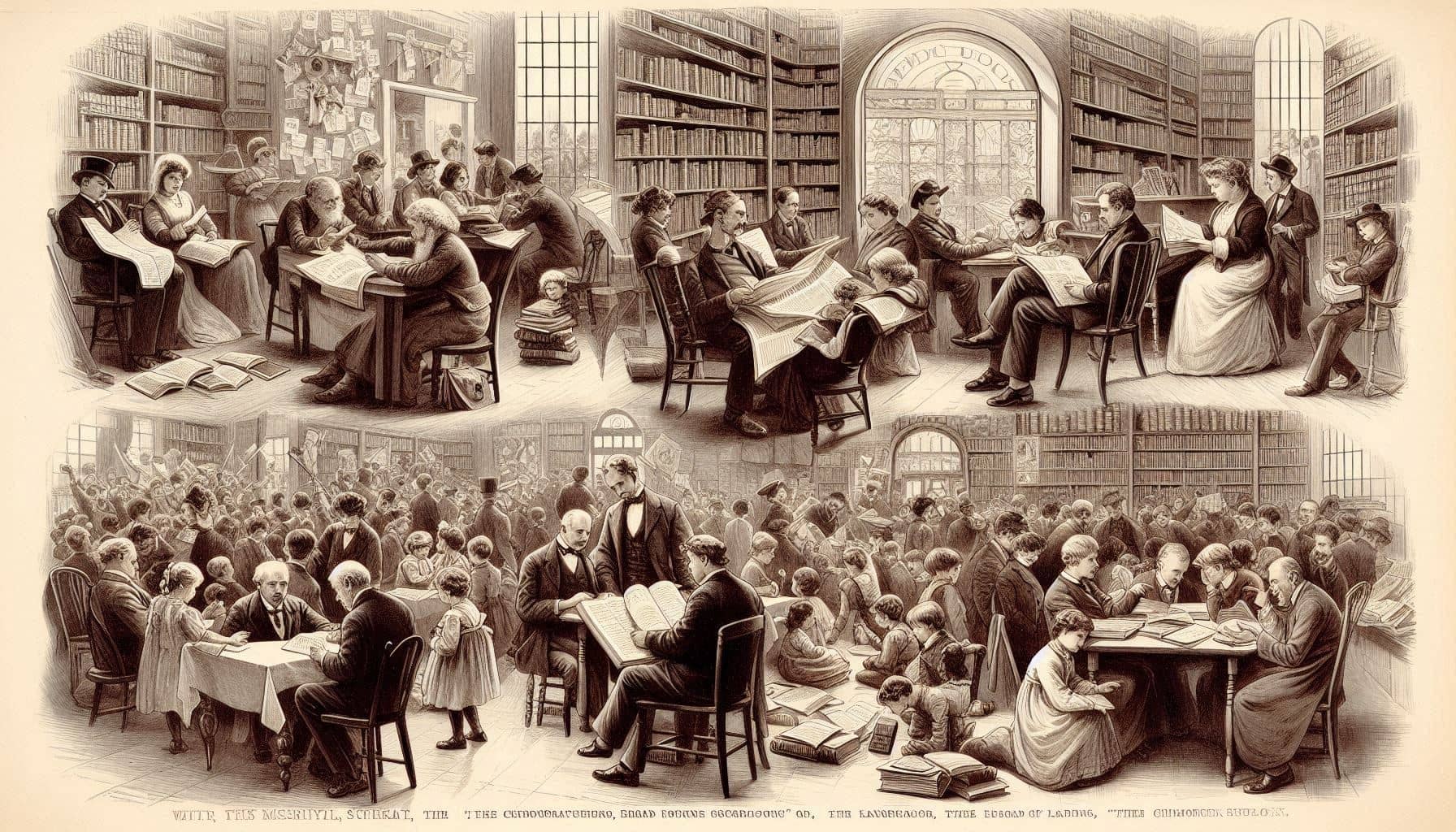What Was The Reading Mania Class 10th History?
Short Answer:
The “Reading Mania” refers to the surge in reading habits during the 19th century, especially in Europe, due to the spread of print culture. With the rise of newspapers, books, magazines, and pamphlets, people from various social classes gained access to knowledge, stories, and debates. For me, it feels like how smartphones and the internet today make information and entertainment accessible to everyone—it’s exciting and transformative.
Detailed Answer:
The “Reading Mania” was a significant phenomenon in 19th-century Europe, marked by an unprecedented increase in the availability and consumption of printed material. Here’s how it unfolded and why it mattered:
- Spread of Print Culture: The invention of the printing press and its subsequent advancements made books, newspapers, and pamphlets more affordable and accessible. This democratized knowledge allowed not just the elite but also the middle and working classes to engage with written material. For me, it’s like when e-books and online articles became popular—suddenly, knowledge was just a click away.
- Literacy Rates and Education: The 19th century saw a rise in literacy rates due to educational reforms. With more people able to read, the demand for printed material skyrocketed. Schools and libraries played a vital role in nurturing this habit. Personally, I remember how school libraries introduced me to books that shaped my interests – it’s a feeling of discovery and growth.
- Diverse Content for Different Audiences: Publishers started catering to a wide range of readers, offering novels, newspapers, magazines, and even comics. Political discussions, scientific discoveries, and imaginative stories all found their way into print. For me, it’s like how streaming platforms today offer content for everyone, from serious documentaries to light-hearted shows.
- Political Awareness and Social Change: Printed material became a tool for political awakening and social reform. Revolutionary ideas, debates on democracy, and discussions about rights reached the masses, fostering awareness and collective action. This reminds me of how social media today spreads awareness about global issues, sparking debates and inspiring change.
- Social Interaction Around Reading: Reading was not just a solitary activity – it became a shared experience. Reading aloud in groups or discussing stories in social gatherings created a sense of community. It’s like modern-day book clubs or sharing memes and articles with friends – it connects people over shared interests.
The “Reading Mania” feels relatable even today, as we experience an “information mania” with the internet. Just as print culture reshaped societies then, digital media is doing so now. For me, discovering a new book or article always feels like opening a window to a new world – a feeling I imagine people back then shared as they delved into printed words for the first time.
Conclusion
The “Reading Mania” was a transformative era that democratized knowledge, fostered social change, and united people through shared ideas and stories. It’s a reminder of how access to information can empower and connect us all.

